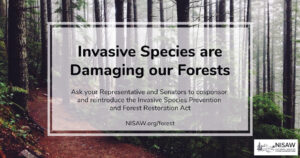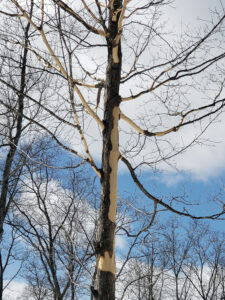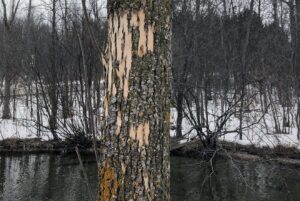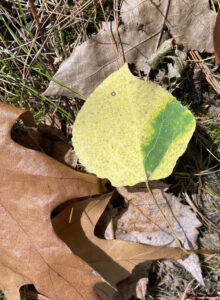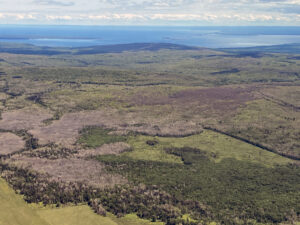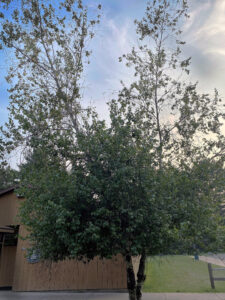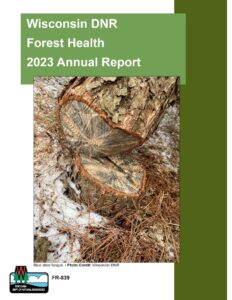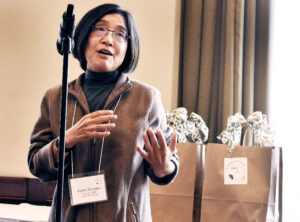By Dan Buckler, DNR Urban Forest Assessment Specialist
Pines are evergreen. So are hollies. And spruces and firs and hemlocks fit the bill. Requests for species recommendations are also evergreen – I’m sure many of you field these requests.
The DNR Urban Forestry program, in consultation with partners on the Wisconsin Urban Forestry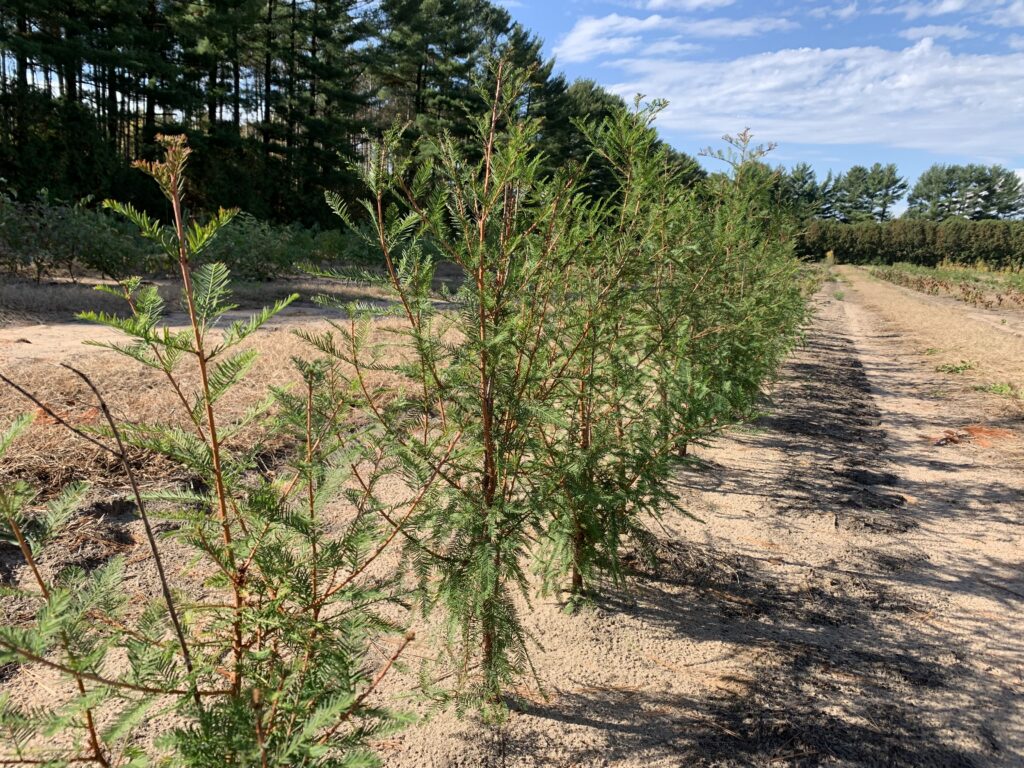 Council, has updated its recommended species lists for street and park trees. You can find those four documents below and under “Tree Species Selection” on the DNR urban tree planting resources webpage.
Council, has updated its recommended species lists for street and park trees. You can find those four documents below and under “Tree Species Selection” on the DNR urban tree planting resources webpage.
These lists are not exhaustive, and any general list of recommendations has some uncertainty due to the nuanced conditions of specific planting sites. We highly suggest consulting with your local nurseries and other experts who can discuss what is available and provide other recommendations and planting advice. With just a few exceptions, these lists do not include cultivars and varieties, but your local experts can provide that amount of detail. Continue reading “Updated Tree Species Recommendations”

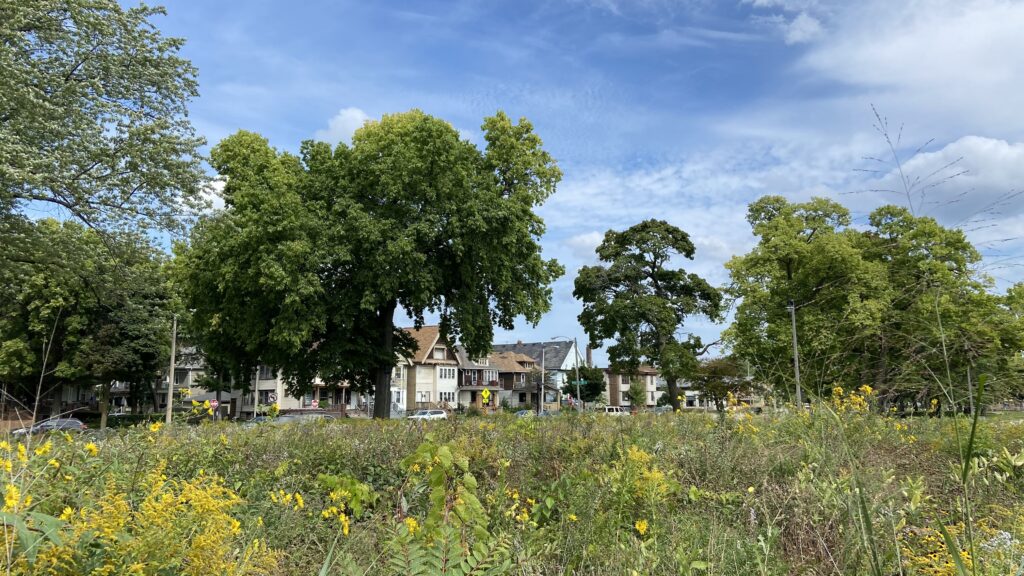 The USDA Forest Service National Urban Forest Technology and Science Delivery Team presents the Urban Forest Connections webinar series on the second Wednesday of each month. These online sessions create a stage for experts to share the latest science, practice and policy on urban and community forestry.
The USDA Forest Service National Urban Forest Technology and Science Delivery Team presents the Urban Forest Connections webinar series on the second Wednesday of each month. These online sessions create a stage for experts to share the latest science, practice and policy on urban and community forestry.